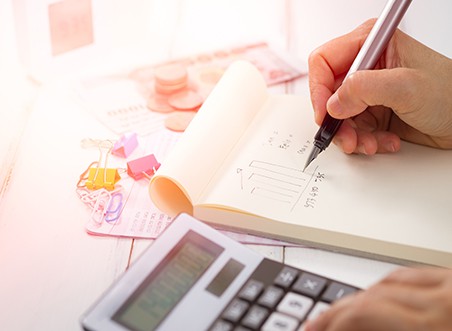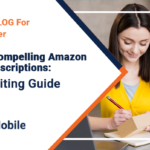Amazon has transformed every business-minded individual’s desire into reality. Sellers are not only able to use Amazon marketplace to promote and sell their products, they are also able to gain visibility and recognition using the services provided by Amazon.
Amazon FBA, also known as Fulfillment by Amazon, is one type of service Amazon offers that has helped thousands of businesses streamline their processes with ease and confidence. In today’s post, we will take a closer look at the different Amazon FBA fees a seller should pay for.
Five Amazon FBA Fees
As an Amazon FBA seller, there’s a bunch of fees you have to know. Don’t worry they are manageable and you don’t have to pay every single one of them. However, it is important that you keep them in mind so you could be sure they don’t crawl their way into your bill.
#1 Amazon Fulfillment Fees
These Amazon FBA fees cover the picking and packing of your orders as well as shipping and handling them. Customer service and product returns are also included here.
The Amazon FBA Fees depend on three primary factors:
- The item’s weight
- The item’s size
- The channels on which the items are enlisted
Pro Tip: Try to target items that are lightweight and can easily fit into a shoebox. These items will not only have smaller Amazon FBA fees, but will also be cheaper to import and ship to Amazon’s fulfillment centers.
#2 Monthly Inventory Storage Fees
These fees include the cost of storing your items in Amazon’s warehouses or fulfillment centers. These Amazon FBA fees depend on the space occupied by your items and are calculated per cubic foot. Amazon charges a certain amount to ensure that sellers avoid keeping their slow-moving inventory in the warehouse longer than necessary.
Pro Tip: To avoid paying unnecessary storage fees, place only 2 months worth of inventory at an Amazon’s warehouse at any given time. For example, if you sell 300 items per month, stock only 600 products at Amazon. If you have extra stocks left, keep it in your garage or another storage facility.
#3 Monthly Fee for Amazon FBA sellers
Amazon FBA offers two selling plans: Individual and Professional. And each plan has its own corresponding fee.
Individual Sellers
The individual selling plan does not charge a monthly subscription fee but you have to pay $1.00 flat fee on all products that you sell. If you are selling less than 40 products per month, this plan is the perfect option for you.
Professional Sellers
The professional selling plan charges a monthly subscription fee of $39.99 but frees you up with the $1-charge per item sold. No matter how many items you sell in the marketplace, you only pay the $39.99. The professional selling plan is best for those who can sell more than 40 products per month.
Tip: If you are looking to selling private label products and want to generate a large profit with Amazon FBA, choose the professional selling plan. Despite having to pay its upfront subscription fee, over time it will cost you less than selling as an individual seller.
#4 Amazon Referral Fees
Amazon referral fees depend on the category where you sell your products. Some categories carry a per-item minimum referral fee. Regardless of your selling plan, you pay a referral fee on each item you sell. For example, if you’re selling electronic devices, the referral fee is 8% with a minimum referral fee of $0.30. Beauty products range from 8%-12% while clothing and accessories are 17%. Make sure you check the referral fee chart in this link to be guided.
#5 Other Amazon FBA Fees
Other fees you may encounter as an FBA seller include:
- Labeling Fee – Amazon has strict barcode label requirements for all stock you ship to their fulfillment center. Failing to label your stock properly can incur a labeling fee.
- FBA Prep/Unplanned Prep Services – The FBA program also has strict product packaging and prep rule. If you decide to use this service, then that’s an add on to your bill. On the other hand, prepping your own products incorrectly could lead to the unplanned prep fee.
- Returns Processing – Many categories don’t charge a returns processing fee. But if you’re product falls under the category with free customer returns, expect to pay a returns processing fee which is equivalent to your fulfilment fee. If the returned item has to be repackaged for resale, you’ll incur additional charges for the repackaging.
- Stock Removal Fee – Should you decide to pull your stock out of Amazon or dispose an unsold inventory, Amazon will charge you a removal fee.
Bottom Line:
Sure, selling on Amazon can bring in massive returns but it is not without charges. Many sellers end up having horror stories about losing money due to hidden costs. If you want to improve your cash flow and make sure you don’t pay the extra fees, learn Amazon’s guidelines and requirements by heart. Do your research upfront and keep yourself up-to-date with all the changes.
If you’re serious about selling on Amazon, it pays to use a third-party software that could help you track where your expenses are going, how much sales you’re earning and which of your products are selling. Give us a call to find out how our tools can help you stay on top of Amazon’s tough marketplace and ever-changing fees.










